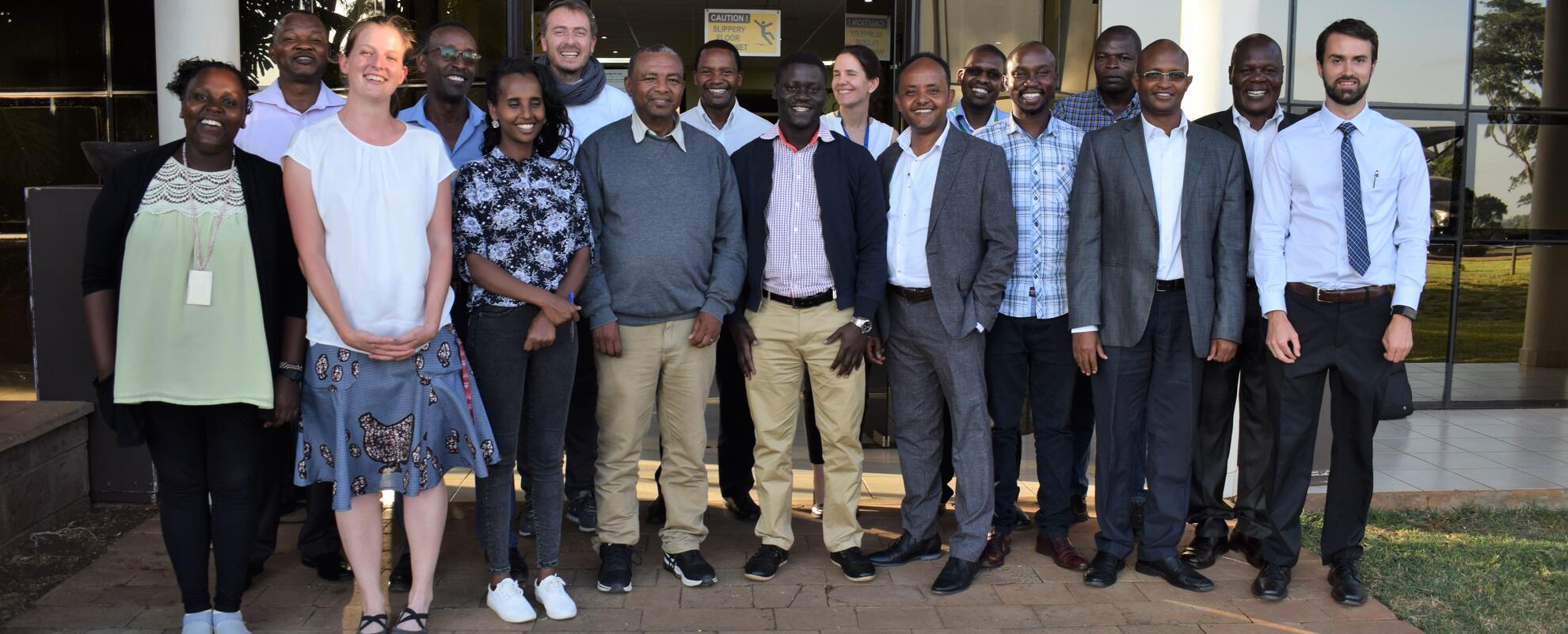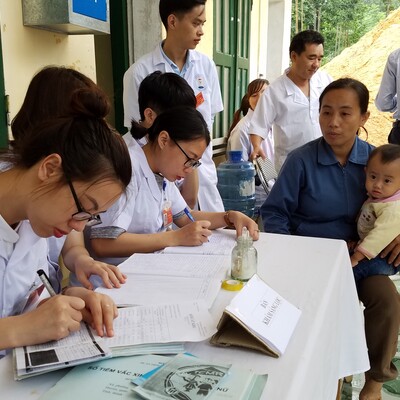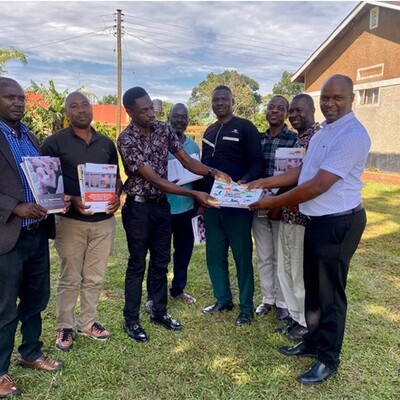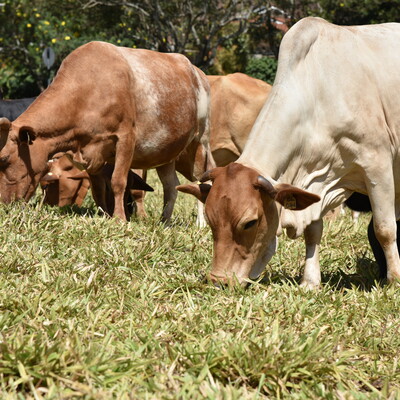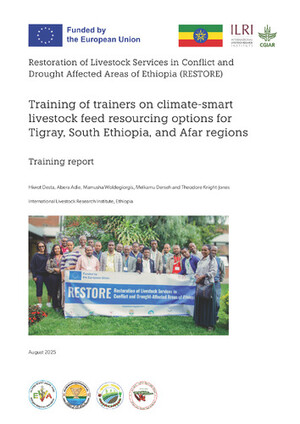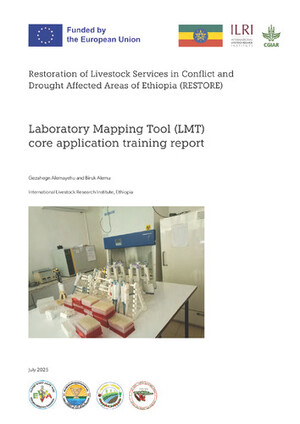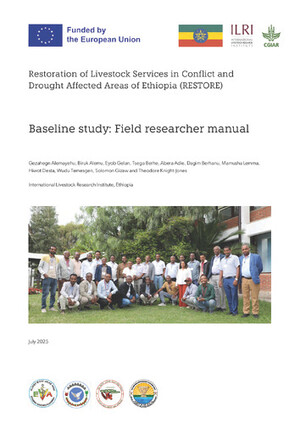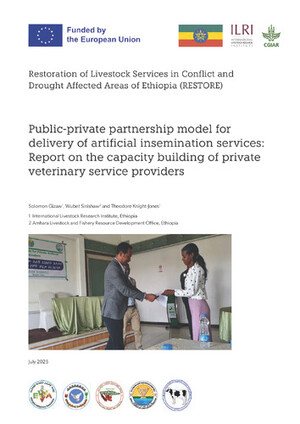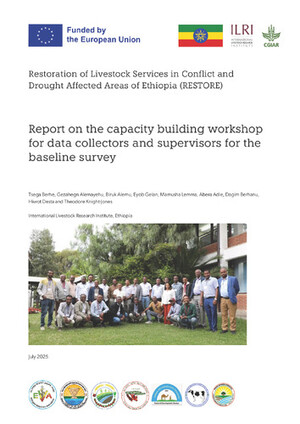
ILRI trains East Africa officials on measurement of greenhouse gas emissions from livestock systems
Livestock production is the largest source of greenhouse gas (GHG) emissions from agriculture. But global estimates of these emissions are based on emission factors from developed countries. There is limited data on emissions from livestock systems in developing countries, which has contributed to a lagging of climate-change adaptation and mitigation efforts in low- and middle-income countries.
The International Livestock Research Institute (ILRI) conducts research on GHG emissions from livestock, including field and laboratory measurements, at the Mazingira Centre (‘Mazingira’ is the Swahili word for environment). Research at this state-of-the-art environmental laboratory is providing accurate context-specific information on GHG emissions including verifiable GHG emission levels of crop and livestock production systems and land-use changes in Africa.
Since the 2015 Paris agreement, countries have developed Nationally Determined Contributions (NDCs) towards reducing GHG emissions. Across Africa, many NDCs include data from the agriculture sector, and in some cases specifically mention livestock. Under the…
View original post 1,162 more words





